Online Class: Understanding Learning Disabilities — Strategies for Effective Teaching

no certificate
with CEU Certificate*
-
15Lessons
-
22Exams &
Assignments -
7Hours
average time -
0.7CEUs
Course Description
Imagine a classroom where every student feels seen, heard, and understood--a sanctuary of learning where the unique tapestry of each mind is celebrated and enriched. Welcome to "Understanding Learning Disabilities: Strategies for Effective Teaching," an exceptional journey poised to transform the way you perceive, engage with, and inspire diverse learners. This is not just another online course; it's a seismic shift in educational practices, equipping you with the tools, insights, and strategies to become a catalyst for change in every classroom you step into.
Why choose this course over a myriad of others? Because it is meticulously designed for educators who believe in the transformative power of individualized teaching. Here, we don't just skim the surface; we dive deep into understanding the neurological roots of learning disabilities such as dyslexia and ADHD. You'll embark on an enlightening expedition through the intricate landscape of cognitive processing, empowering you to craft teaching strategies that resonate with each student's distinct learning style.
Envision your classroom armed with the latest advancements in assistive technologies--speech recognition, interactive learning tools--that eliminate barriers and invite autonomy and engagement. Imagine every lesson as a bridge, connecting students to an education that's tailored to their unique needs and strengths. No longer will language or cultural backgrounds be obstacles; they will be acknowledged, respected, and interwoven into the educational narrative, enriching the learning momentum for all.
Perhaps what sets this course apart is its embrace of the incredible potential of neuroplasticity--the brain's phenomenal ability to reorganize and adapt. With this knowledge, educators are armed with the right strategies to unlock hidden potentials in their students, seeing disabilities not as limitations, but as opportunities for new pathways to emerge. This immersive journey doesn't just enhance teaching skills; it transforms perspectives, revealing untapped possibilities within the learning process.
At the heart of this course, you'll discover a powerful mantra: inclusivity. Fostering a harmonious classroom community, where respect, empathy, and collaboration reign supreme, is not merely an option--it's imperative. You'll learn to cultivate an environment where students are not just learners, but contributors, and where their social and academic spirits thrive. Step into this world where boundaries fade, and education transforms into a tapestry of shared human experience.
Perhaps you've encountered the frustrations of miscommunication in the classroom--a barrier more prevalent than we acknowledge. Here, you'll master the art of engaging with students with learning disabilities, navigating both verbal and non-verbal communication with finesse. By deftly incorporating technology and personalized plans into your teaching style, you'll empower students to express themselves and flourish academically.
As the course unfolds, it sheds new light on the revolutionary role of assistive technologies. These are not mere tools; they are lifelines that connect students with varying abilities to a world of knowledge previously out of reach. Through this lens, education is no longer confined to traditional models but is a dynamic, inclusive realm enriched by technology and designed for the future.
Let us not forget one of the most vital aspects of education--assessment. Breaking free from the confines of standardized testing, you'll embrace a holistic approach, integrating observations, discussions, and collaborative input from a circle of educators, parents, and specialists. This ensures a comprehensive view of each student's challenges and strengths, fostering an atmosphere of inclusiveness where every student's potential is realized.
This course invites you into a narrative far grander than any typical curriculum allows--a journey to elevate your teaching, challenge preconceived notions, and redefine the educational landscape. Through this nurturing environment, you'll emerge not just as a teacher, but as an advocate, ally, and innovator in education. Now is the time to join this exhilarating exploration. Are you ready to change lives, inspire futures, and become the beacon of inclusive education? Enroll today, and step into a world where you have the power to make a profound difference.
- Completely Online
- Self-Paced
- 6 Months to Complete
- 24/7 Availability
- Start Anytime
- PC & Mac Compatible
- Android & iOS Friendly
- Accredited CEUs
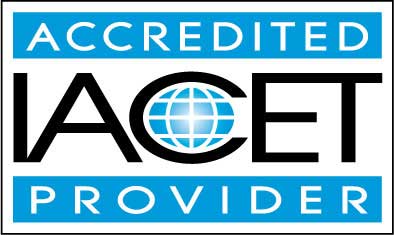
Course Lessons
Lesson 1. Mastering Multisensory Instruction for Diverse Learners
Rooted in neurological differences, learning disabilities such as dyslexia and dyscalculia affect cognitive processing, demanding individualized teaching strategies. Contemporary educational practices emphasize the role of early intervention and adaptive technology to bridge gaps in learning, fostering inclusive and supportive environments.Lesson 2. Bridging the Gap: Understanding and Supporting Diverse Learning Needs
Cultural and linguistic diversity adds an additional layer of complexity when addressing learning disabilities, which requires culturally responsive teaching and community involvement. Leveraging advancements in assistive technology, like speech recognition and interactive tools, can bridge educational gaps while promoting autonomy and engagement for students with diverse needs.Lesson 3. Adaptive Brain Strategies: How Neuroplasticity can Reframe Learning Disabilities
Neuroplasticity provides a hopeful outlook for individuals with learning disabilities, demonstrating that targeted interventions can lead to significant cognitive improvements by modifying neural pathways. This adaptability, evident in conditions like dyslexia and ADHD, empowers educators and caregivers to employ personalized strategies for meaningful educational progress.Lesson 4. Fostering Inclusive Education: Strategies for Success
Fostering a cohesive classroom community is critical to promoting inclusivity, urging reliance on positive social interactions and collaborative projects. By cultivating respect, empathy, and diverse perspectives, educators create a learning atmosphere where students can thrive academically and socially.Lesson 5. Inclusive Education: Strategies for Effective Communication with Disabled Students
Understanding the diverse needs of students with learning disabilities is crucial for overcoming verbal and non-verbal communication challenges. Employing technology and personalized learning plans can bridge these gaps, empowering students to express themselves and succeed academically.Lesson 6. Breaking Barriers: Assistive Technologies and the Future of Education
Incorporating assistive technologies into the classroom supports inclusive education by addressing the challenges faced by students with learning disabilities in literacy and numeracy. By providing tools that offer multi-sensory engagement and adaptive functionalities, these technologies create a supportive environment where diverse learners can thrive.Lesson 7. Empowering Educators: Strategies for Assessment and Inclusion
Effective teaching requires understanding learning disabilities in assessments to tailor strategies for diverse student needs; a holistic approach using multiple assessment methods provides comprehensive insights into student challenges and strengths. Standardized tests alone are insufficient, and integrating tools like observations and input from others highlights learning disparities, aiding in creating inclusive classrooms.Lesson 8. Empowering Students with Disabilities through IEP: Insights and Practices
Crafting IEPs demands a deep dive into each student's unique challenges and strengths through detailed assessments, using both formal standardized tests and informal observations. This foundational knowledge directs the creation of personalized goals and interventions, ensuring students receive precise support for their educational journey.Lesson 9. Crafting Personalized Education Plans for Diverse Learning Needs
Effective communication between educators, parents, and support staff is vital for customizing educational experiences for students with learning disabilities. Through continuous dialogue and collaboration, educators can align personalized strategies with student needs, amplifying learning outcomes and fostering an inclusive environment.Lesson 10. Clear, Compassionate, Consistent: Enhancing Communication in Education
Navigating the IEP process benefits from the diverse perspectives of educators, parents, and specialists, fostering truly personalized educational plans. Effective communication within this framework relies on active listening, cultural sensitivity, and clear language to uplift and empower students with learning disabilities.Lesson 11. Empowering Learners with Assistive Technologies
Assistive technologies such as speech-to-text software and audiobooks are pivotal in supporting students with learning disabilities, promoting independence and self-efficacy in their educational journeys. These tools, alongside social and emotional support initiatives, create environments where students feel valued and resilient.Lesson 12. Empowering Students with Learning Disabilities: Mastering Self-Advocacy for Academic Success
Educators play a crucial role in fostering self-advocacy by creating supportive environments where students feel comfortable expressing their needs. Implementing classroom discussions about learning differences and promoting peer support initiatives can inspire students to persist through challenges by learning from diverse strategies that aid success.Lesson 13. Fostering Emotional Wellness in Learners with Disabilities: Strategies for Educators
Open communication and collaborative engagement between educators, families, and specialists create a supportive framework for students with disabilities. This partnership ensures a holistic understanding of each student's needs, promoting consistency and proactive interventions across different environments.Lesson 14. Personalized Education Paths: Fostering Student Growth and Potential
Multisensory approaches in education leverage multiple senses to enhance learning for students with disabilities, engaging tactile, auditory, visual, and kinesthetic elements to improve comprehension and retention. This method encourages tailored teaching strategies, embracing neurodiversity and fostering an inclusive, engaging learning environment.Lesson 15. Maximizing Teacher Effectiveness
Integrating research-based strategies within teaching and utilizing self-assessment as a reflective tool bridges the gap between theory and practice. This approach supports educators in adapting their methods according to scientific insights and individual learner needs, ensuring a quality education for students with learning disabilities.
Learning Outcomes
- Define dyslexia and describe its impact on reading fluency and comprehension.
- Identify and apply multi-sensory instructional strategies to support students with dyslexia in a learning environment.
- Implement assistive technology tools effectively and adapt lesson plans to accommodate various learning disabilities, enhancing overall student engagement and comprehension.
- Recognize the signs of dyslexia, dysgraphia, and dyscalculia and describe corresponding teaching strategies to support affected students.
- Define neuroplasticity and explain its impact on learning disabilities, such as dyslexia and ADHD, in 20 words.
- Identify strategies that leverage neuroplasticity to enhance cognitive skills in students with learning disabilities in 20 words.
- Explain the importance of inclusivity in education and describe its impact on students with learning disabilities, emphasizing strategies like differentiated instruction and Universal Design for Learning (UDL).
- Identify and implement methods to create inclusive classroom environments, outlining how assistive technologies and collaborative learning can be utilized to support diverse learning needs, particularly for students with disabilities.
- Demonstrate the ability to identify and explain common communication barriers faced by students with learning disabilities, such as dyslexia and auditory processing disorders.
- Develop and implement strategies such as multisensory techniques and assistive technologies to effectively enhance communication for students with learning disabilities in the classroom.
- Demonstrate the use of specific assistive tools to personalize learning experiences, boosting student engagement and self-efficacy in literacy and numeracy tasks.
- Explain the significance of assistive technologies like text-to-speech and speech recognition in enhancing accessibility for students with learning disabilities.
- Define specific learning disabilities such as dyslexia, dyscalculia, and ADHD by their characteristics and impact on student assessments
- Demonstrate mastery of lesson content at levels of 70% or higher.
Additional Course Information
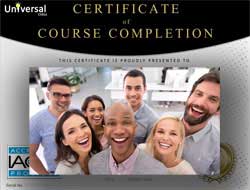
- Document Your Lifelong Learning Achievements
- Earn an Official Certificate Documenting Course Hours and CEUs
- Verify Your Certificate with a Unique Serial Number Online
- View and Share Your Certificate Online or Download/Print as PDF
- Display Your Certificate on Your Resume and Promote Your Achievements Using Social Media

Choose Your Subscription Plan
No Certificate / No CEUs
This course only
| Includes certificate | X |
| Includes CEUs | X |
| Self-paced |

|
| Instructor support |

|
| Time to complete | 6 months |
| No. of courses | 1 course |
Certificate & CEUs
This course only
| Includes certificate |

|
| Includes CEUs |

|
| Self-paced |

|
| Instructor support |

|
| Time to complete | 6 months |
| No. of courses | 1 course |
Certificates & CEUs
Includes all 600+ courses
| Includes certificate |

|
| Includes CEUs |

|
| Self-paced |

|
| Instructor support |

|
| Time to complete | 12 Months |
| No. of courses | 600+ |
Certificates & CEUs
Includes all 600+ courses
| Includes certificate |

|
| Includes CEUs |

|
| Self-paced |

|
| Instructor support |

|
| Time to complete | 24 Months |
| No. of courses | 600+ |
Related Courses
-
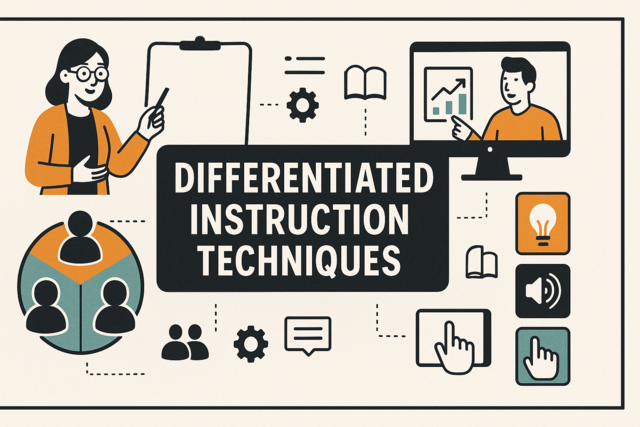 6 hours
0.6 CEUs
Differentiated Instruction Techniques
+ More Info
6 hours
0.6 CEUs
Differentiated Instruction Techniques
+ More Info
-
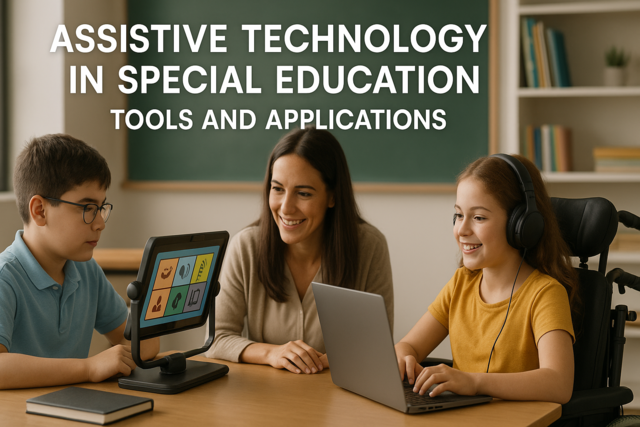 6 hours
0.6 CEUs
Assistive Technology in Special Education: Tools and Applications
+ More Info
6 hours
0.6 CEUs
Assistive Technology in Special Education: Tools and Applications
+ More Info
-
 4 hours
0.4 CEUs
Creating a Culture of Collaboration
+ More Info
4 hours
0.4 CEUs
Creating a Culture of Collaboration
+ More Info
-
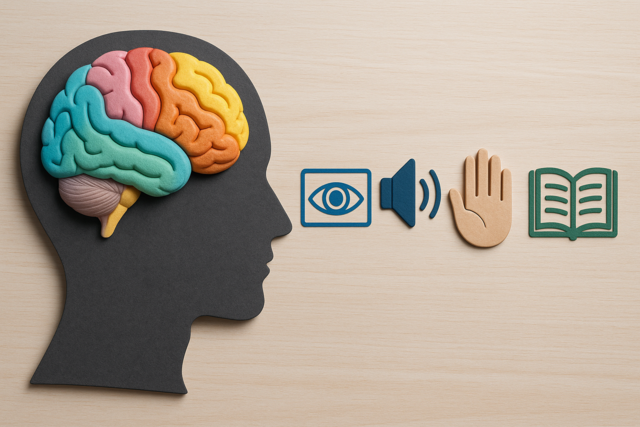 7 hours
0.7 CEUs
Understanding Learning Styles and Preferences
+ More Info
7 hours
0.7 CEUs
Understanding Learning Styles and Preferences
+ More Info
-
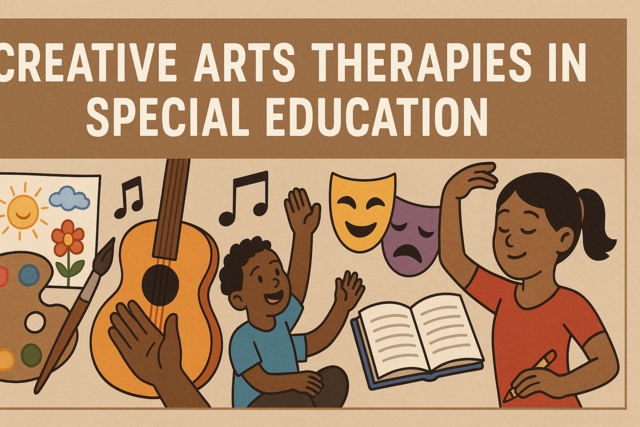 3 hours
0.3 CEUs
Creative Arts Therapies in Special Education
+ More Info
3 hours
0.3 CEUs
Creative Arts Therapies in Special Education
+ More Info
-
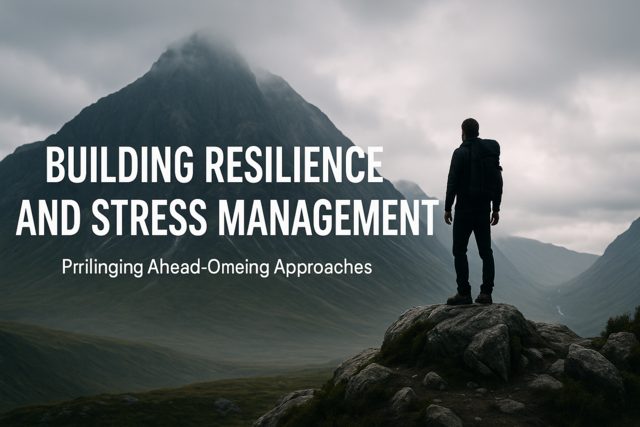 5 hours
0.5 CEUs
Building Resilience and Stress Management
+ More Info
5 hours
0.5 CEUs
Building Resilience and Stress Management
+ More Info
-
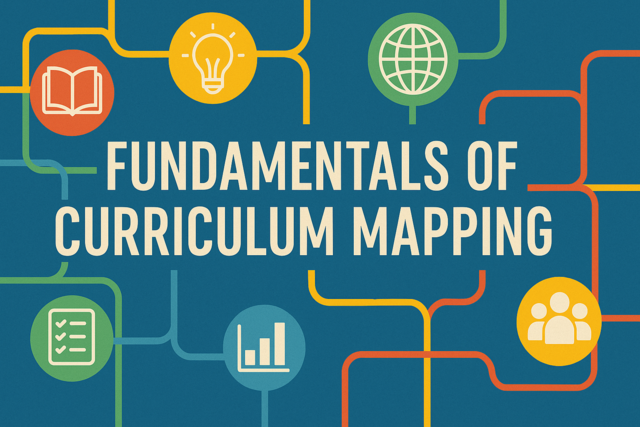 5 hours
0.5 CEUs
Fundamentals of Curriculum Mapping
+ More Info
5 hours
0.5 CEUs
Fundamentals of Curriculum Mapping
+ More Info
-
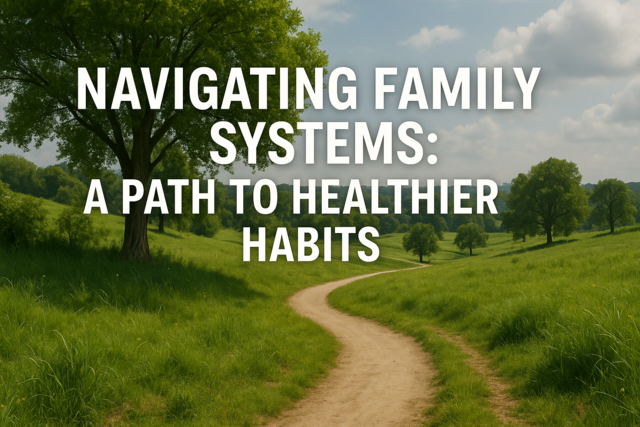 4 hours
0.4 CEUs
Navigating Family Systems: A Path to Healthier Habits
+ More Info
4 hours
0.4 CEUs
Navigating Family Systems: A Path to Healthier Habits
+ More Info
-
 7 hours
0.7 CEUs
The Unseen Energies in the Universe
+ More Info
7 hours
0.7 CEUs
The Unseen Energies in the Universe
+ More Info
-
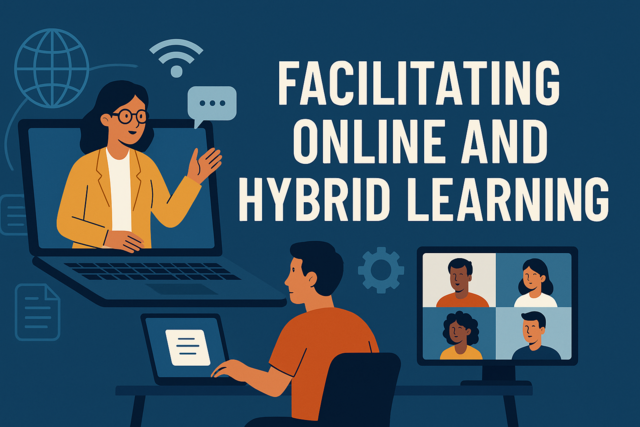 4 hours
0.4 CEUs
Facilitating Online and Hybrid Learning
+ More Info
4 hours
0.4 CEUs
Facilitating Online and Hybrid Learning
+ More Info
-
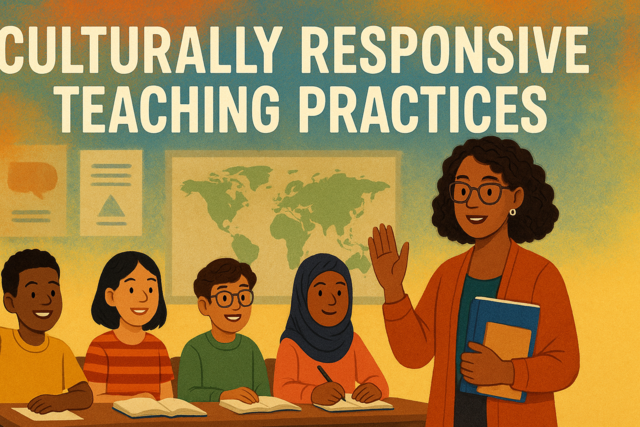 5 hours
0.5 CEUs
Culturally Responsive Teaching Practices
+ More Info
5 hours
0.5 CEUs
Culturally Responsive Teaching Practices
+ More Info
-
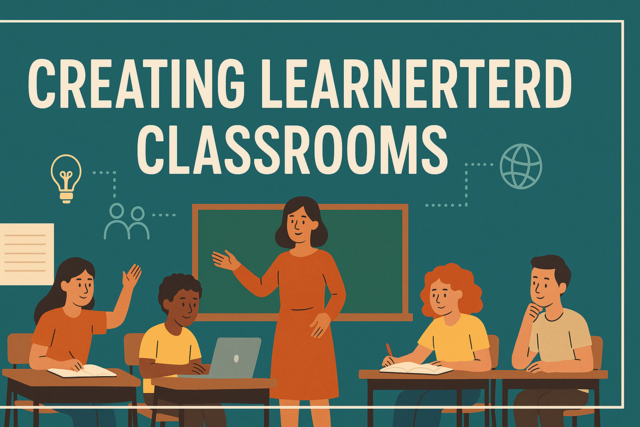 6 hours
0.6 CEUs
Creating Learner-Centered Classrooms
+ More Info
6 hours
0.6 CEUs
Creating Learner-Centered Classrooms
+ More Info
-
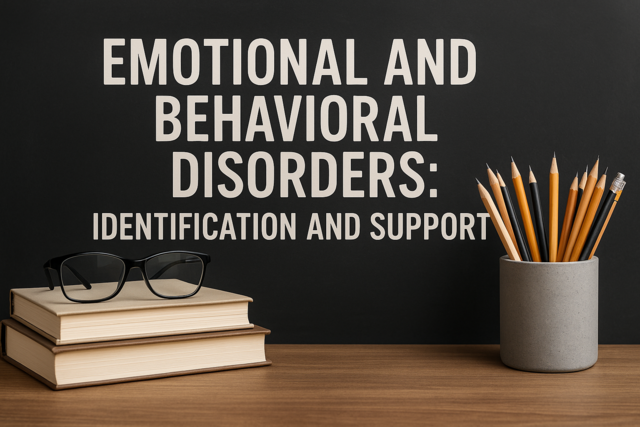 7 hours
0.7 CEUs
Emotional and Behavioral Disorders: Identification and Support
+ More Info
7 hours
0.7 CEUs
Emotional and Behavioral Disorders: Identification and Support
+ More Info
-
 5 hours
0.5 CEUs
Bridging Generational Gaps: Understanding Family Dynamics
+ More Info
5 hours
0.5 CEUs
Bridging Generational Gaps: Understanding Family Dynamics
+ More Info
-
 3 hours
0.3 CEUs
Mindfulness and Well-Being at Work
+ More Info
3 hours
0.3 CEUs
Mindfulness and Well-Being at Work
+ More Info
-
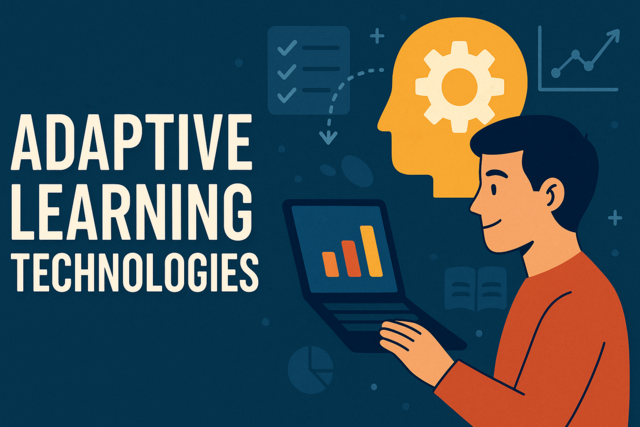 6 hours
0.6 CEUs
Adaptive Learning Technologies
+ More Info
6 hours
0.6 CEUs
Adaptive Learning Technologies
+ More Info
-
 6 hours
0.6 CEUs
Legacy Building: Creating a Family Culture to Last
+ More Info
6 hours
0.6 CEUs
Legacy Building: Creating a Family Culture to Last
+ More Info
-
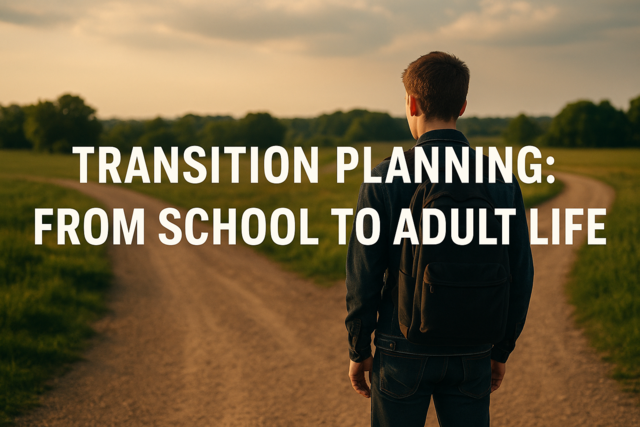 6 hours
0.6 CEUs
Transition Planning: From School to Adult Life
+ More Info
6 hours
0.6 CEUs
Transition Planning: From School to Adult Life
+ More Info
-
 4 hours
0.4 CEUs
Esoteric Traditions and Ancient Wisdom
+ More Info
4 hours
0.4 CEUs
Esoteric Traditions and Ancient Wisdom
+ More Info
-
 4 hours
0.4 CEUs
Leadership Skills for Emerging Leaders
+ More Info
4 hours
0.4 CEUs
Leadership Skills for Emerging Leaders
+ More Info
-
 6 hours
0.6 CEUs
Holistic Nutrition: Fueling Your Body and Mind
+ More Info
6 hours
0.6 CEUs
Holistic Nutrition: Fueling Your Body and Mind
+ More Info
-
 5 hours
0.5 CEUs
Family Futures: Creating Lasting Legacies
+ More Info
5 hours
0.5 CEUs
Family Futures: Creating Lasting Legacies
+ More Info
-
 7 hours
0.7 CEUs
Iconoclasts of Style: Revolutionary Figures in Modern Fashion
+ More Info
7 hours
0.7 CEUs
Iconoclasts of Style: Revolutionary Figures in Modern Fashion
+ More Info
-
 5 hours
0.5 CEUs
Mindful Mornings for Relationship Resilience
+ More Info
5 hours
0.5 CEUs
Mindful Mornings for Relationship Resilience
+ More Info
-
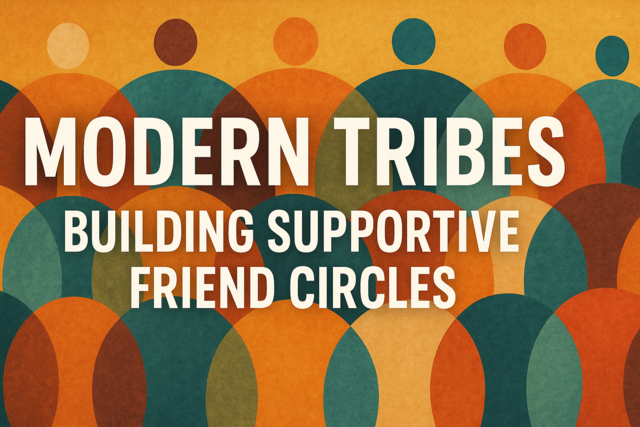 6 hours
0.6 CEUs
Modern Tribes: Building Supportive Friend Circles
+ More Info
6 hours
0.6 CEUs
Modern Tribes: Building Supportive Friend Circles
+ More Info
-
 3 hours
0.3 CEUs
Team Building and Collaboration
+ More Info
3 hours
0.3 CEUs
Team Building and Collaboration
+ More Info
-
 6 hours
0.6 CEUs
Building an Effective Personal Brand
+ More Info
6 hours
0.6 CEUs
Building an Effective Personal Brand
+ More Info
-
 5 hours
0.5 CEUs
Footprint of Fashion: Trends Shaping Modern Luxury Brands
+ More Info
5 hours
0.5 CEUs
Footprint of Fashion: Trends Shaping Modern Luxury Brands
+ More Info
-
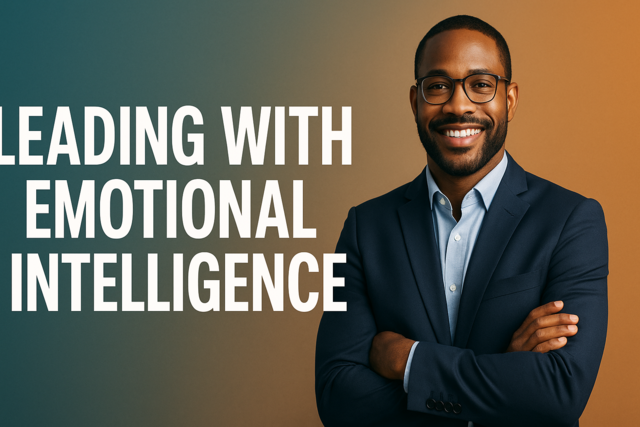 4 hours
0.4 CEUs
Leading with Emotional Intelligence
+ More Info
4 hours
0.4 CEUs
Leading with Emotional Intelligence
+ More Info
-
 3 hours
0.3 CEUs
Effective Literacy Instruction in Early Education
+ More Info
3 hours
0.3 CEUs
Effective Literacy Instruction in Early Education
+ More Info
-
 4 hours
0.4 CEUs
The Giving Relationship: Balancing Support and Independence
+ More Info
4 hours
0.4 CEUs
The Giving Relationship: Balancing Support and Independence
+ More Info
-
 4 hours
0.4 CEUs
Paranormal Phenomena: Fact or Fiction
+ More Info
4 hours
0.4 CEUs
Paranormal Phenomena: Fact or Fiction
+ More Info
-
 6 hours
0.6 CEUs
Embracing Digital Transformation
+ More Info
6 hours
0.6 CEUs
Embracing Digital Transformation
+ More Info
-
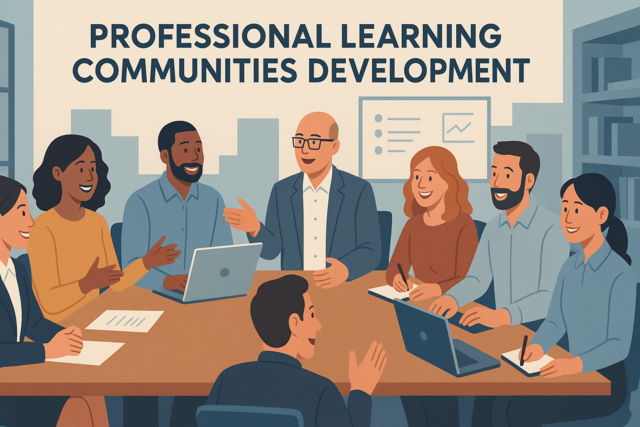 6 hours
0.6 CEUs
Professional Learning Communities Development
+ More Info
6 hours
0.6 CEUs
Professional Learning Communities Development
+ More Info
-
 3 hours
0.3 CEUs
Special Education Advocacy: Working with Parents and Families
+ More Info
3 hours
0.3 CEUs
Special Education Advocacy: Working with Parents and Families
+ More Info
-
 4 hours
0.4 CEUs
Breathwork for Emotional Balance
+ More Info
4 hours
0.4 CEUs
Breathwork for Emotional Balance
+ More Info
-
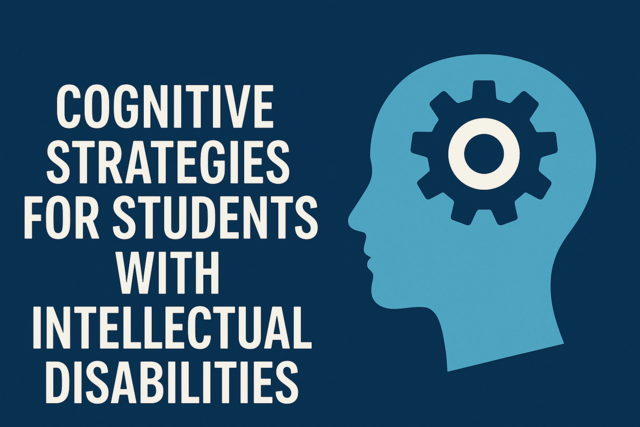 7 hours
0.7 CEUs
Cognitive Strategies for Students with Intellectual Disabilities
+ More Info
7 hours
0.7 CEUs
Cognitive Strategies for Students with Intellectual Disabilities
+ More Info
-
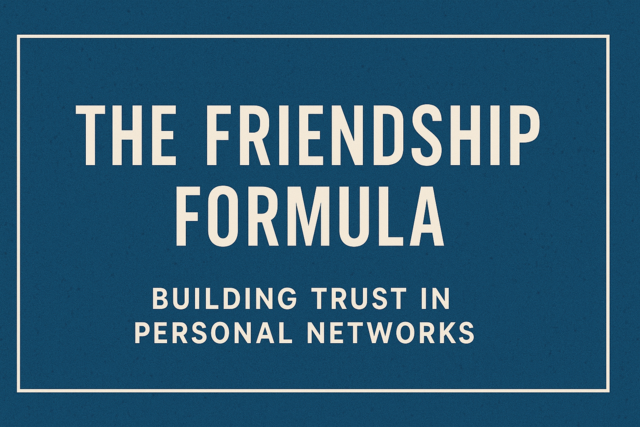 6 hours
0.6 CEUs
The Friendship Formula: Building Trust in Personal Networks
+ More Info
6 hours
0.6 CEUs
The Friendship Formula: Building Trust in Personal Networks
+ More Info
-
 5 hours
0.5 CEUs
Understanding Nutrition Labels and Food Choices
+ More Info
5 hours
0.5 CEUs
Understanding Nutrition Labels and Food Choices
+ More Info
-
 3 hours
0.3 CEUs
Career Resilience and Adaptability
+ More Info
3 hours
0.3 CEUs
Career Resilience and Adaptability
+ More Info




